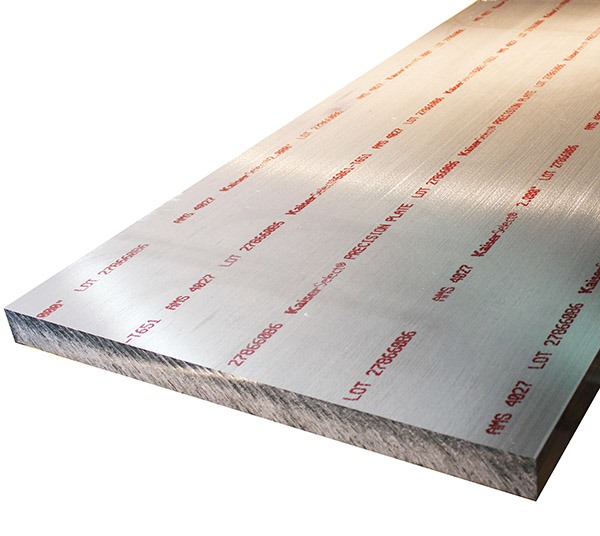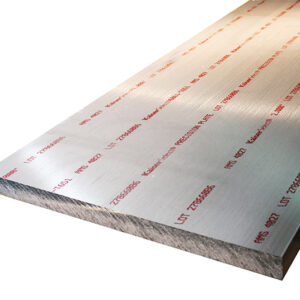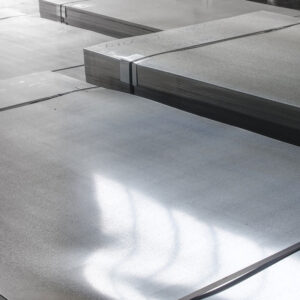316 / 316L STAINLESS STEEL BAR
316 / 316L STAINLESS STEEL BAR
316 and 316/L (UNS S31600 & S31603) are molybdenum-bearing austenitic stainless steels. The 316/316L stainless steel bar, rod and wire alloy also offer higher creep, stress to rupture and tensile strength at elevated temperatures, in addition to excellent corrosion resistance and strength properties. 316/L refers to the lower carbon content to allow for greater corrosion protection when welding.
Austenitic steels have austenite as their primary phase (face centered cubic crystal). These are alloys containing chromium and nickel (sometimes manganese and nitrogen), structured around the Type 302 composition of iron, 18% chromium, and 8% nickel. Austenitic steels are not hardenable by heat treatment. The most familiar stainless steel is probably Type 304, sometimes called T304 or simply 304. Type 304 surgical stainless steel is austenitic steel containing 18-20% chromium and 8-10% nickel.
Available shapes: Hexes, Rounds, Square
Specifications: ASTM A276, ASTM A479, ASME SA479, AMS 5653, QQS-763
Typical Chemical Properties
| 316 | 316/L | |
|---|---|---|
| Minimum Properties | ||
| Tensile Strength , psi | 75,000 | 70,000 |
| Yield Strength, psi | 30,000 | 25,000 |
| Elongation | 40% | 40% |
| Hardness | Rb 95 max | Rb 95 max |
| Chemistry | ||
| Carbon( C) | .08 max | 0.03 max |
| Chrome (Cr) | 16.0- 18.0 | 16.0- 18.0 |
| Manganese (Mn) | 2.00 max | 2.00 max |
| Nickel ( Ni) | 10.0- 14.0 | 10.0- 14.0 |
| Phosphorus (P) | .045 max | .045 max |
| Sulphur (S) | .030 max | .030 max |
| Silicon (Si) | 0.75 max | 0.75 max |
| Molydenum (Mo) | 2.00-3.00 | 2.00-3.00 |




